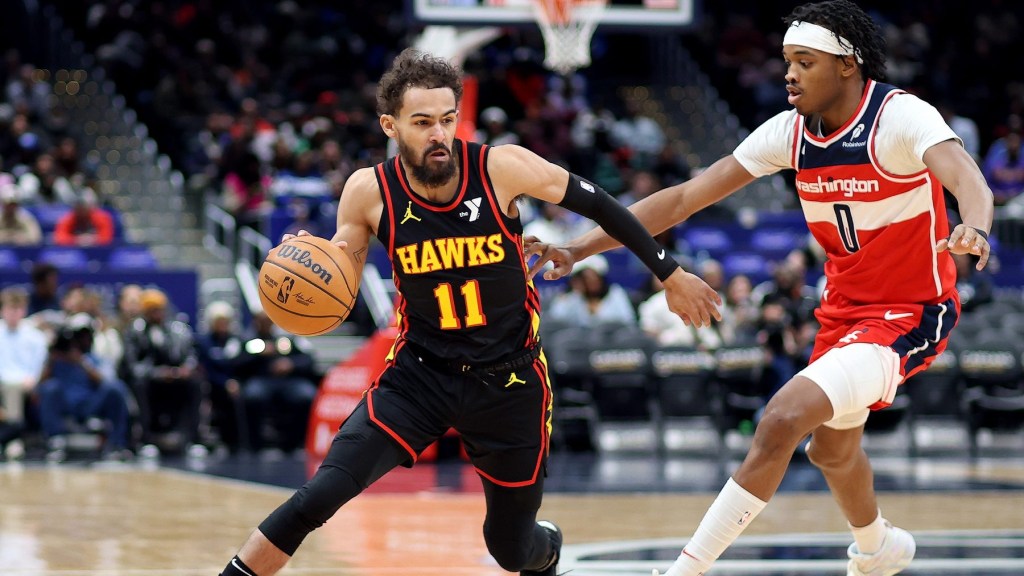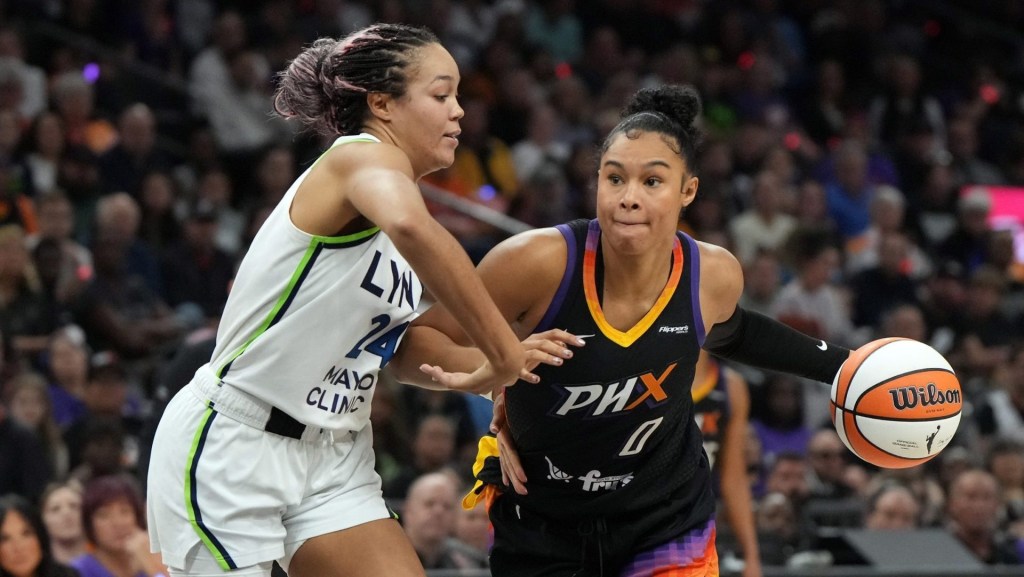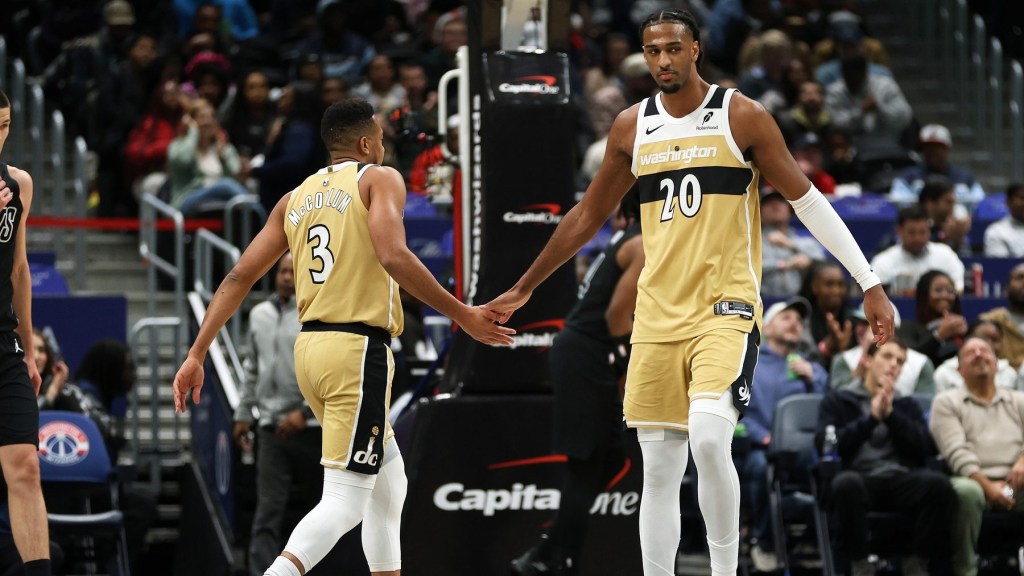The NBA’s second apron took effect last season, but several GMs already want it gone.
According to NBA.com’s 23rd annual GM survey, roster construction as it pertains to the “restrictive” apron rules was voted as the No. 1 rule the NBA needs to change. One-fifth of the general managers ranked the apron rules as the top issue. This number also includes votes for those who believe the thresholds should be indexed to the team’s market.
The vote comes just a week after the Timberwolves, who have the NBA’s second-highest payroll, traded four-time All-Star Karl-Anthony Towns to the Knicks. The trade was unexpected—and was voted the most surprising move of the offseason in the same survey—but it was motivated by salary-cap management.
The second apron for this season is $188.9 million, $48.4 million more than the soft salary cap and $17.5 million above the luxury tax. Four teams are currently above the threshold: the Suns, Timberwolves, Celtics, and Bucks.
Second-apron violators incur several restrictions for roster construction, including losing the ability to use trade exceptions or send out cash in trades. They are also stripped of the taxpayer mid-level exception, which is often used by capped teams to sign a rotation player, and the right to sign players who are bought out by their previous teams.
The NBA’s salary-cap rules changed as a response to a lack of parity in the league in the 2010s. That decade saw “superteams” like the Heat and Warriors who were formed by bringing together some of the league’s best players—but also benefited from cap loopholes.
Also Receiving Votes
While roster construction was the highest-voted rule change, it received only one-fifth of the votes.
Seventeen percent of GMs voted for a change in the schedule, which includes fewer games and/or reducing the number of back-to-back games. The NBA has put an emphasis on improving its schedule, completely cutting out four games and five nights for teams. The average for back-to-backs per team next season is 14.9, which is down 23% versus a decade ago, but up slightly from 14 last year and 13.3 the year before.
Tied for third with 13% of the vote are playoff format and game flow. The former suggests the playoffs should be seeded 1–16, regardless of conference, similar to what’s done in the WNBA. Another playoff format change lumped into this vote was allowing the top seeds to choose which opponents to play.
For game flow, the GMs voted to either reduce stoppages and replay reviews or institute the G League’s rule of having just one free throw per trip to the charity stripe until the final two minutes of a game.

















